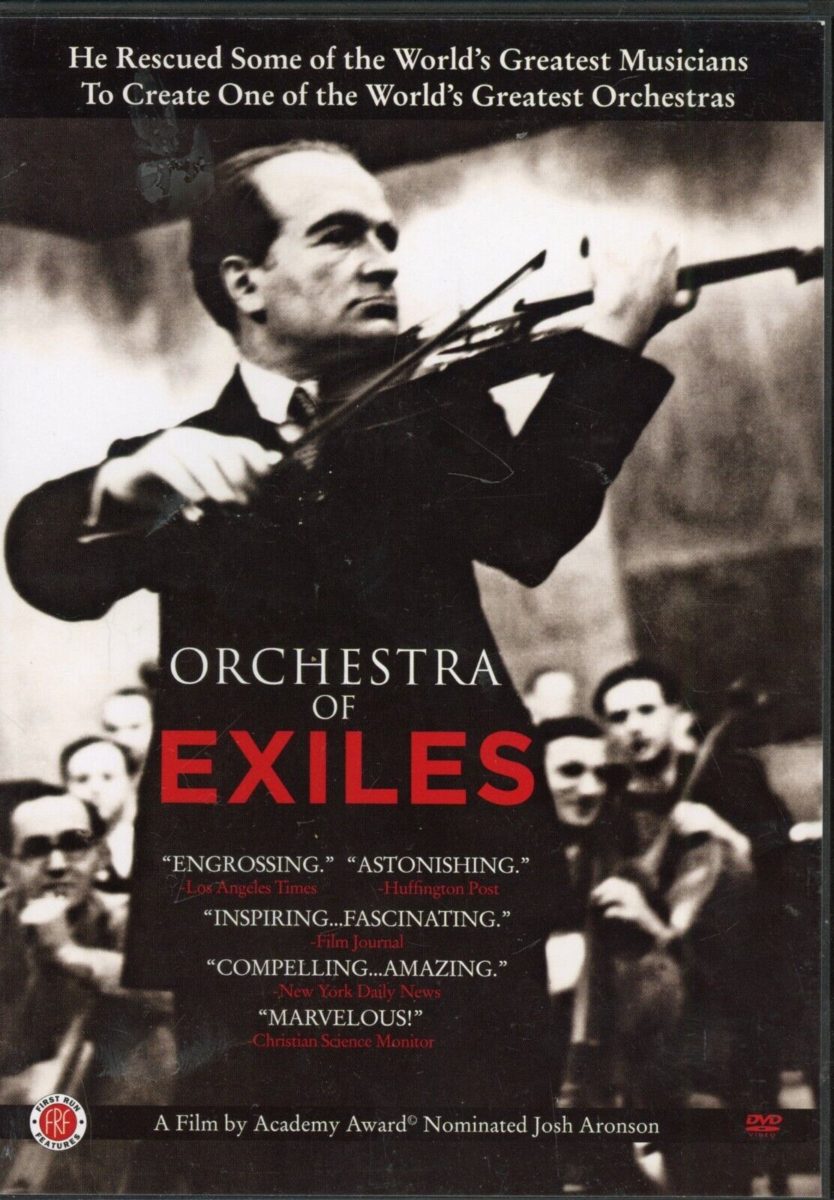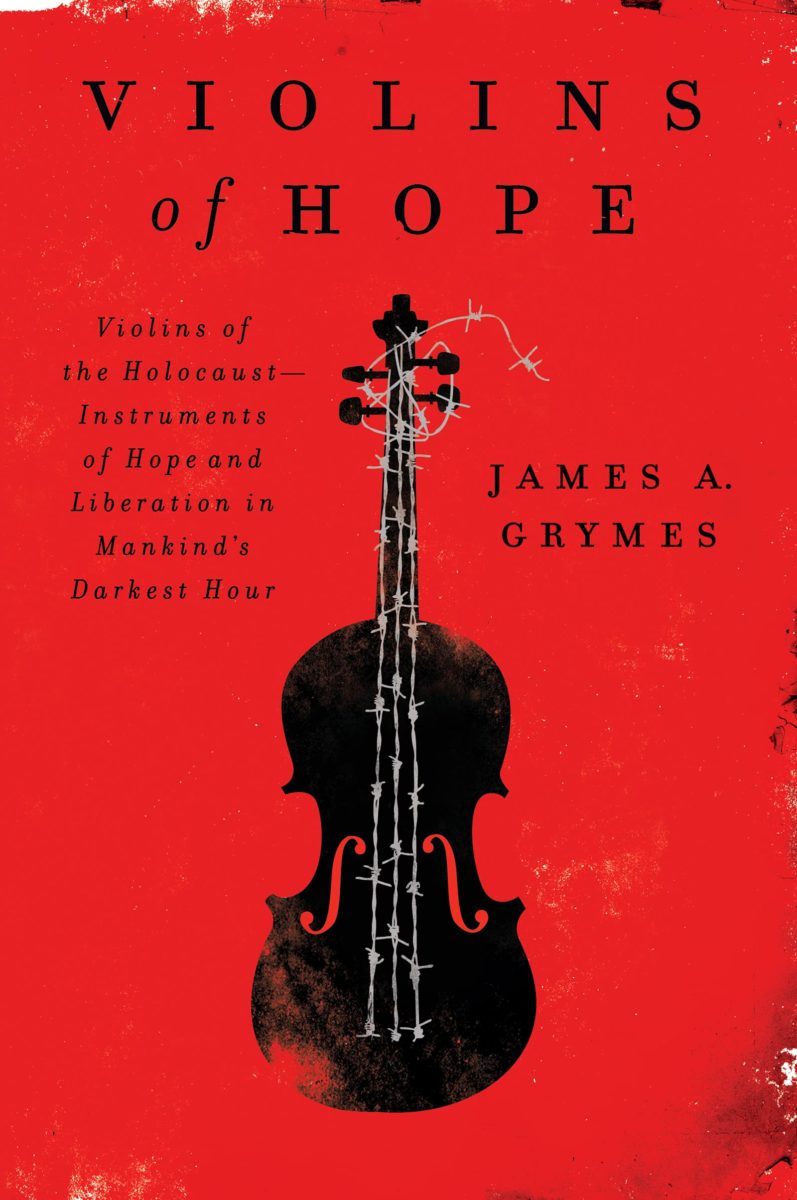Violins of Hope: Film & Reading Resources
Check below for recommended reading about the Violins of Hope, and films that offer insight into the history of classical music performance in Israel.
Orchestra of Exiles, 2012
Directed by Josh Aronson, with Zubin Mehta, Itzhak Perlman, Joshua Bell.
In the early 1930s, one of Hitler’s early assaults on Jews and Jewish culture was the mandatory firing of Jewish musicians. Sensing a future unimaginable to most, violinist Bronislaw Huberman set about to bring as many European Jewish musicians and their families as possible to Palestine to form its first symphony orchestra. With courage and resourcefulness, Huberman was instrumental in saving the lives of nearly 1000 Jews.
Viewing options:

A Journey to Jerusalem, 1967
(also known as “Bernstein in Israel”
A Filmways Production directed by Michael Mindlin, Jr. in association with Maysles Film Inc. With Leonard Bernstein, Isaac Stern, and members of the Israel Philharmonic Orchestra
In this rarely seen documentary, filmed in 1967 three weeks after the 6 Day War, Leonard Bernstein visits Israel to conduct Mahler’s 2nd Symphony with the Israel Philharmonic Orchestra. The film follows his journey including a tour of Jerusalem, rehearsals with the orchestra, and a moving visit to a kibbutz, where the Maestro realizes. to his dismay, that the young violinist who has come to play for him has only the first few pages of sheet music of the work.
INSERT IMAGE OF LEONARD BERNSTEIN
Viewing options:
View this film Free on YouTube

Violins of Hope: Violins of the Holocaust–Instruments of Hope and Liberation in Mankind’s Darkest Hour
Paperback – August 12, 2014 by James A. Grymes
A stirring testament to the strength of the human spirit and the power of music, Violins of Hope tells the remarkable stories of violins played by Jewish musicians during the Holocaust, and the Israeli violin makers dedicated to bringing these inspirational instruments back to life.
During the Holocaust, the violin – long key to Jewish cultural life – assumed extraordinary roles within the Jewish community. For some musicians it was the instrument of liberation and for others the instrument of survival. For many it was the instrument of comfort in humanity’s darkest hour. At least once it helped avenge murdered family members. Above all the violins of the Holocaust represented strength and optimism for the future. Today these instruments serve as memorials to those who perished and testaments to all who survived.
Behind each of these violins restored by father-and-son luthiers Amnon and Avshi Weinstein, who themselves lost many relatives in the Holocaust, is a uniquely fascinating story. Together they make up an insightful, moving, and achingly human book.
Buy this book on Apple Books / Amazon


